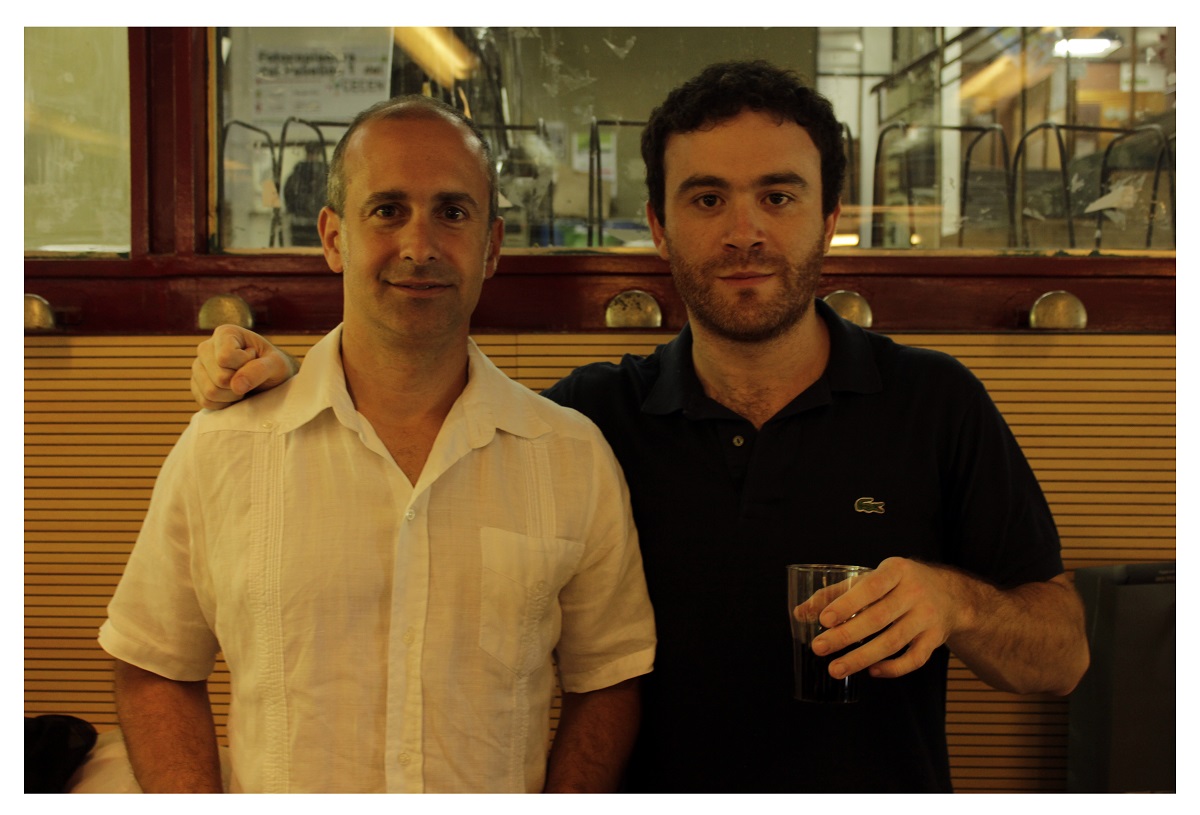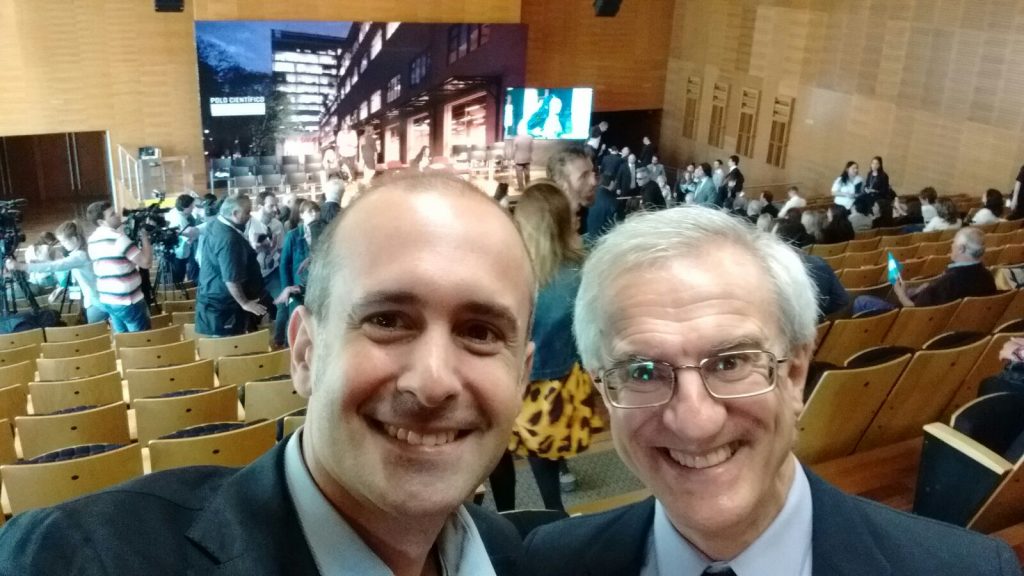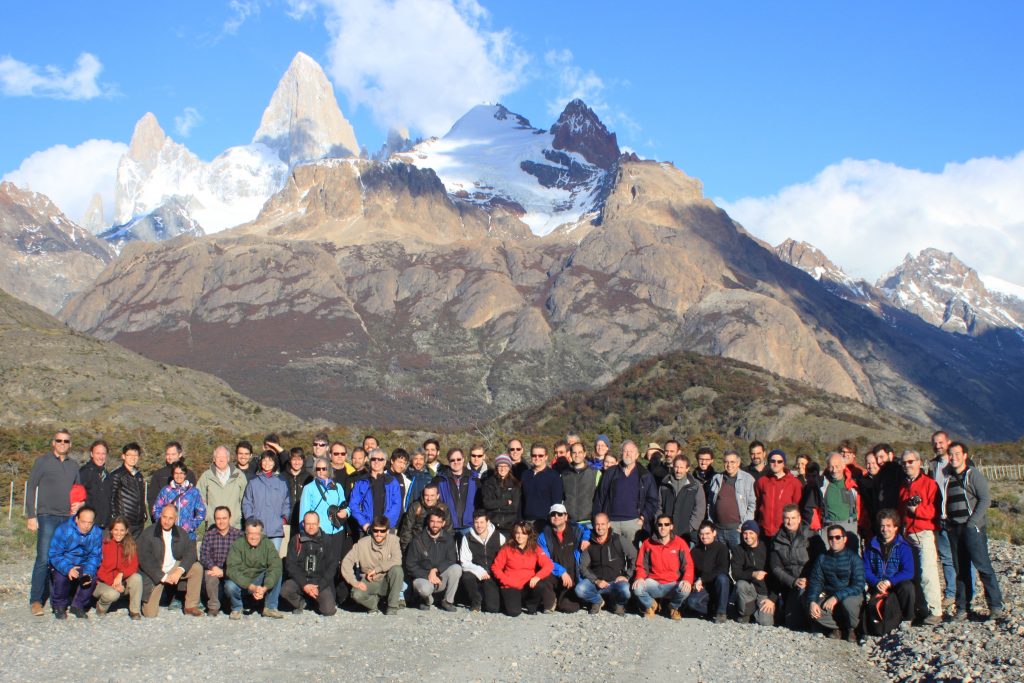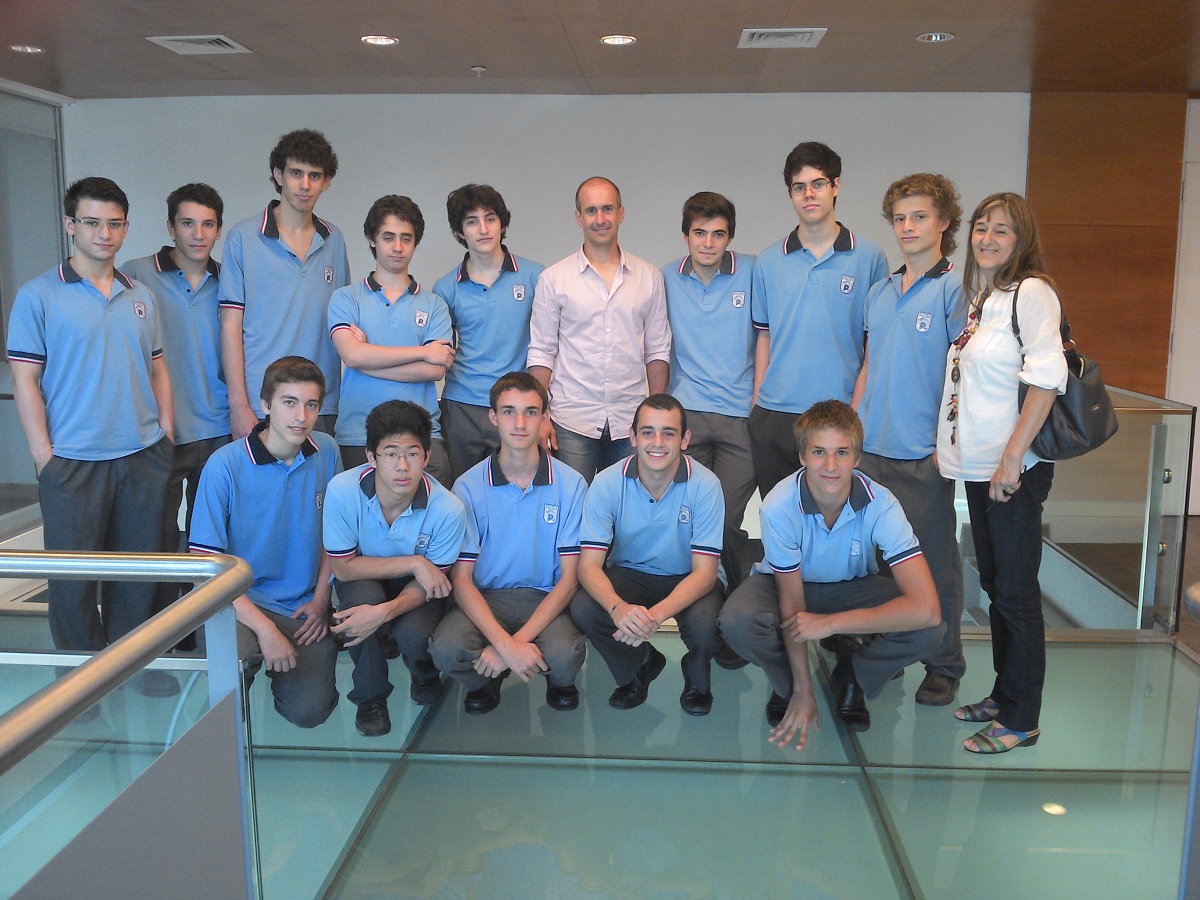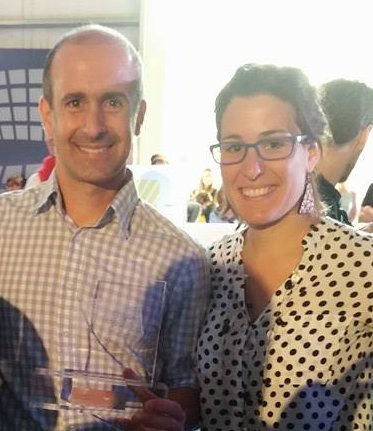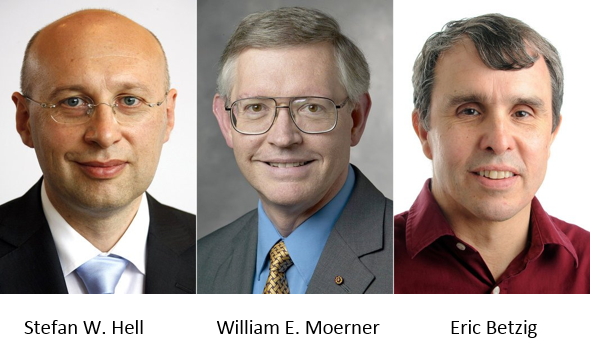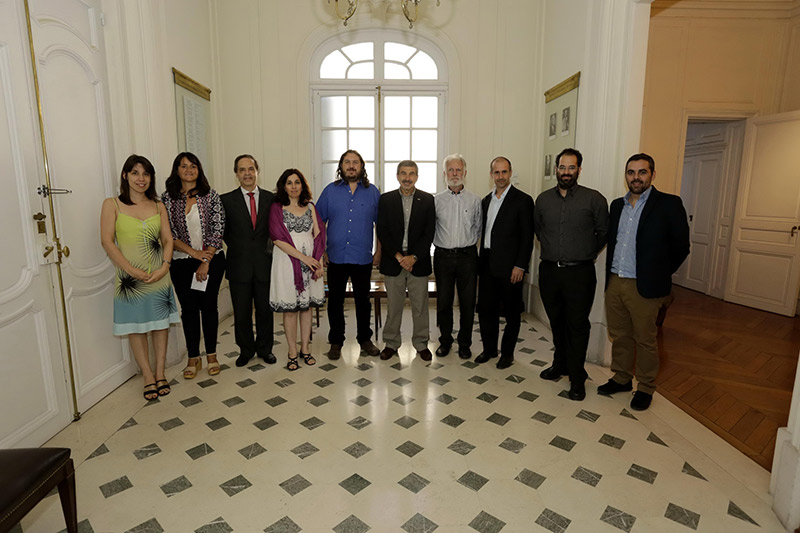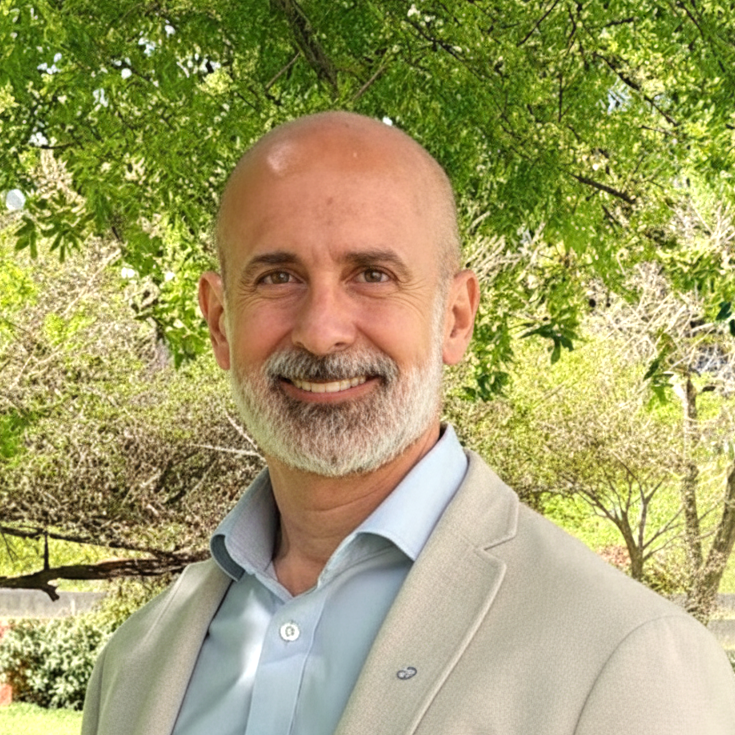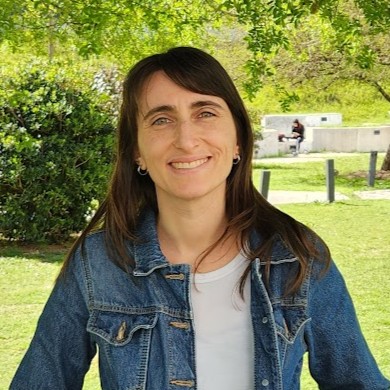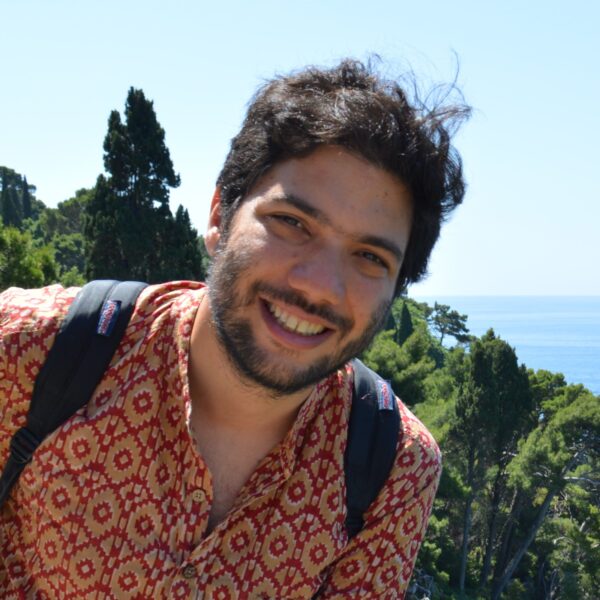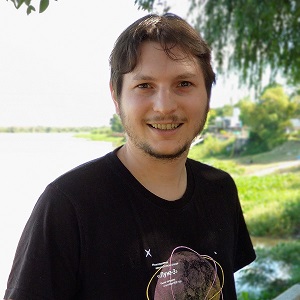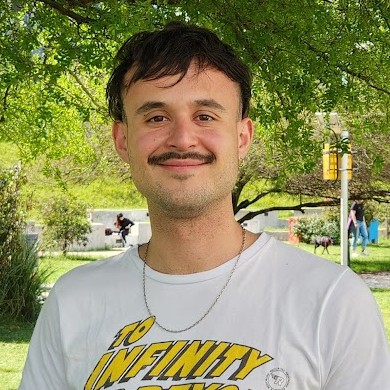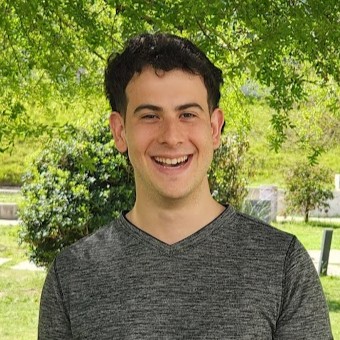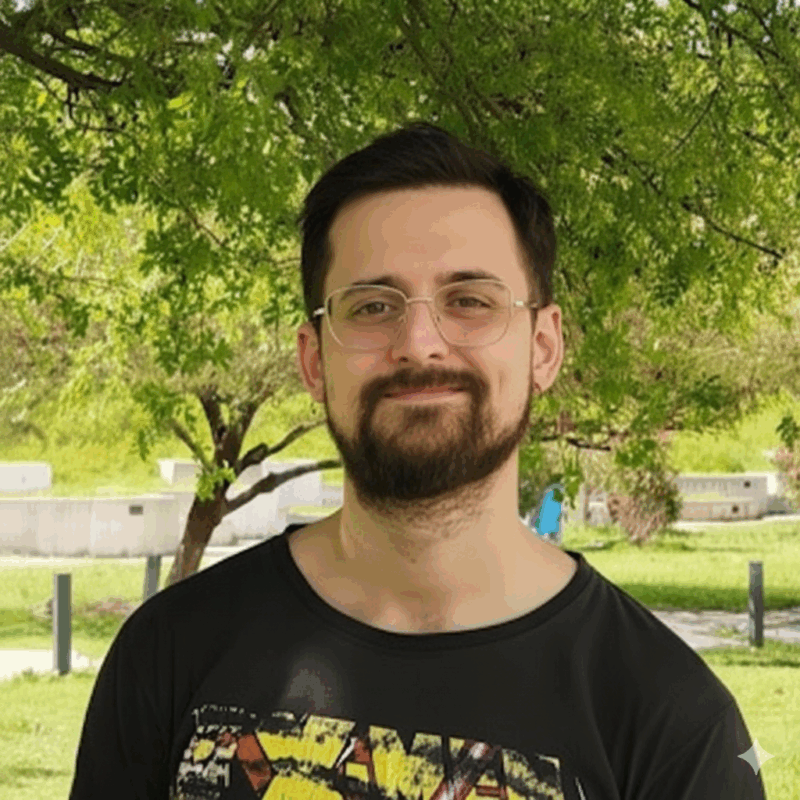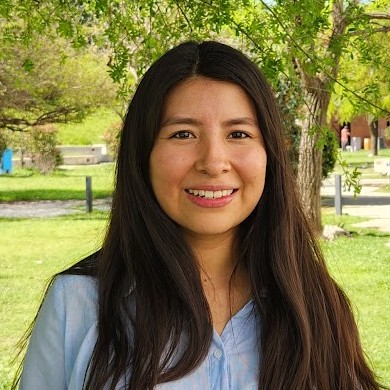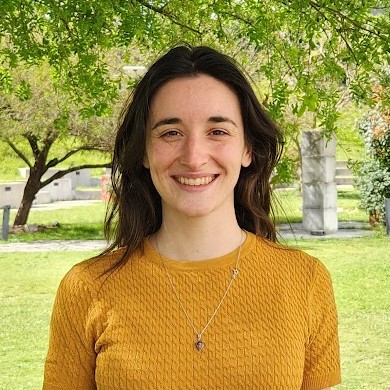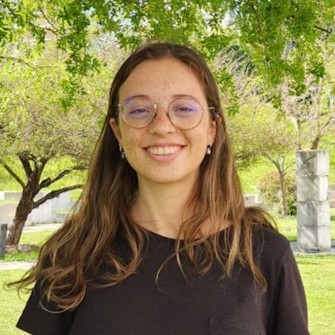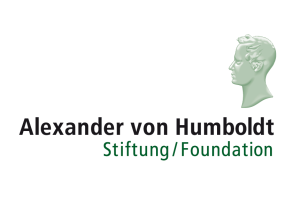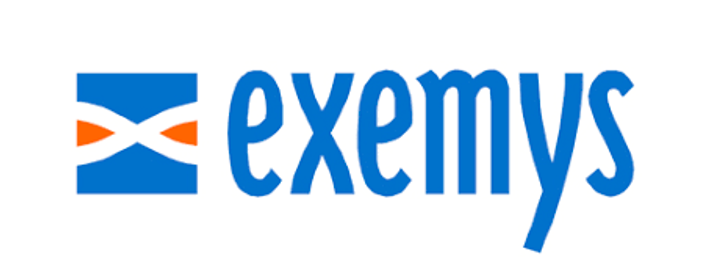Center for Bionanoscience Research (CIBION), National Scientific and Technical Research Council (CONICET)
Physics Department, Faculty of Exact and Natural Sciences, University of Buenos Aires (UBA)
Using optical methods, we explore the properties and technological applications of nanoparticles, single molecules, nanostructured materials, supramolecular assemblies, biological and hybrid nanosystems.
The Applied nanoPhysics Group was launched in October 2009 at the Physics Department, Faculty of Exact and Natural Sciences, of the University of Buenos Aires (UBA)
In 2012 we moved our labs to the Center for Bionanoscience Research (CIBION) of the National Scientific and Technical Research Council (CONICET), while Prof. Stefani still holds his position at the Physics Department of the University of Buenos Aires.
CURRENT RESEARCH ACTIVITIES
Fluorescence nanoscopy.
Super-resolution fluorescence microscopy, also known as fluorescence nanoscopy, has revolutionized biological imaging because they provide deep sub-wavelenght spatial resolution while keeping the low-invasiveness of far-field optical interrogation. We apply and optimize well-established methods like STED and STORM, and develop new ones, such as MINFLUX, and open-source software for fluorescence nanoscopy. With them, we address questions of cellular and neuronal biology.
Optical printing colloidal nanoparticles.
Colloidal chemistry enables the fabrication of nanoparticles of different shapes, sizes and material compositions, that exhibit unique physical and chemical properties, inexistent in bulk materials. In order to make use of those properties in devices and circuits, it is necessary to develope methods to bring the colloidal nanoparticles from the liquid phase to specific locations of solid substrates. We address this challenge using optical forces.
Self-assembled Nanophotonic Devices.
Semiconductor-based devices are approaching intrinsic limits of speed and heat dissipation.
Optical devices are faster and practically loss-less, but their size miniaturization is limited by the wavelength of light. Nanophotonics and Plasmonics deals with the manipulation of light at the nanoscale. We investigate light-matter interaction between single-photon emitters and metallic nanoparticles organized in nanodevices by self-assembly.
LATESTS NEWS
Congratulations to new Physicist Alfredo Sánchez
Today, Alfredo Sánchez obtained his degree on Physics at the University of Buenos Aires, defending his undergrad thesis on Preparation and optical properties of gols nanorods coated with silica and organic fluorophores. Congratulations Alfredo!
Completion of the Polo Científico Tecnológico ex Bodegas Giol
With the inauguration of the CONICET building, the Science Cultural Center (Centro Cultural de la Ciencia - C3), and the Science Park, the "Polo Científico Tecnológico ex Bodegas Giol", where CIBION is located, has been completed! Science Park Today is a happy and memorable day for the whole scientific [...]
Ver para creer – artículo de divulgación sobre microscopía de súper-resolución
El Prof. Stefani publicó un artículo de divulgación sobre las técnicas de microscopía de fluorescencia de súper resolución, también conocidas como nanoscopías de fluorescencia, donde describe sus principios de funcionamiento, sus características y capacidades, y la disponibilidad en el país. Leer el artículo "Ver para creer: nanoscopía de fluorescencia"
DINAMO conference in Patagonia, a tremendous success!
DINAMO, Discussions on Nano and Mesoscopic Optics, was launched to promote the transfer of knowledge between different branches of science and stimulate global solutions to complex problems of nano and mesoscopic optics. DINAMO is conceived to provide an interdisciplinary forum where leading investigators from around the world can present and [...]
Visit of students from Philips technical high-school
Today we received at CIBION a group of high-school students from the Instituto Tecnológico Philips Argentina motivated for science. We showed them our labs and a typical working day of a researcher. It is always nice to see young students with scientific spirit!
Applied research award in national innovation contest
The project BioSeNP presented by Jesica Pellegrotti y Prof. Dr. Fernando Stefani received one of the two top awards in the category Applied Research of the national innovation contest Innovar 2014 organized by the Ministry of Science, Technology and Productive Innovation! BioSeNP consists of a new biosensing platform based on [...]
¿Qué se premió con el Premio Nobel en Química 2014?
El Dr. Mariano Bossi y el Prof. Dr. Fernando Stefani publicaron en la revista Ciencia Hoy, una reseña sobre el Premio Nobel de Química 2014, otorgado a Stefan W. Hell, William E. Moerner y Eric Betzig por el desarrollo de las nanoscopías de fluorescencia. Dr. Bossi and Prof. Stefani, ambos [...]
Award of National Academy to Prof. Stefani
Prof. Stefani has been recognized with the award "Mauel Cardona" in Physics of the National Academy of Exact, Physical and Natural Sciences (ANCEFN). ANCEFN website
COLLABORATORS
STEFAN HELL
Max-Planck-Institute for Biophysical Chemistry (Göttingen, Germany)
THOMAS JOVIN
Max-Planck-Institute for Biophysical Chemistry (Göttingen, Germany)
ALFREDO CÁCERES
Instituto Universitario de Ciencias Biomédidas de Córdoba (Córdoba, Argentina)
PHILIP TINNEFELD
Ludwig-Maximilians-University Munich (Germany)
GUILLERMO ACUNA
University of Fribourg (Switzerland)
ANDRÉS ZELCER
Centro de Investigaciones en Bionanociencias (Buenos Aires, Argentina)
ANDREA BRAGAS
University of Buenos Aires (Argentina)
DARÍO KRAPF
Instituto de Biología Molecular y Celular de Rosario (IBR – Santa Fe, Argentina)
SABRINA SIMONCELLI
University College London (UK)
DAMIAN REFOJO
Biomedicine Research Institute of Buenos Aires (Argentina)
RODRIGO PALACIOS
Universidad Nacional de Río Cuarto (Córdoba, Argentina)
OSCAR CAMPETELLA
Universidad Nacional de General San Martín (Buenos Aires, Argentina)

